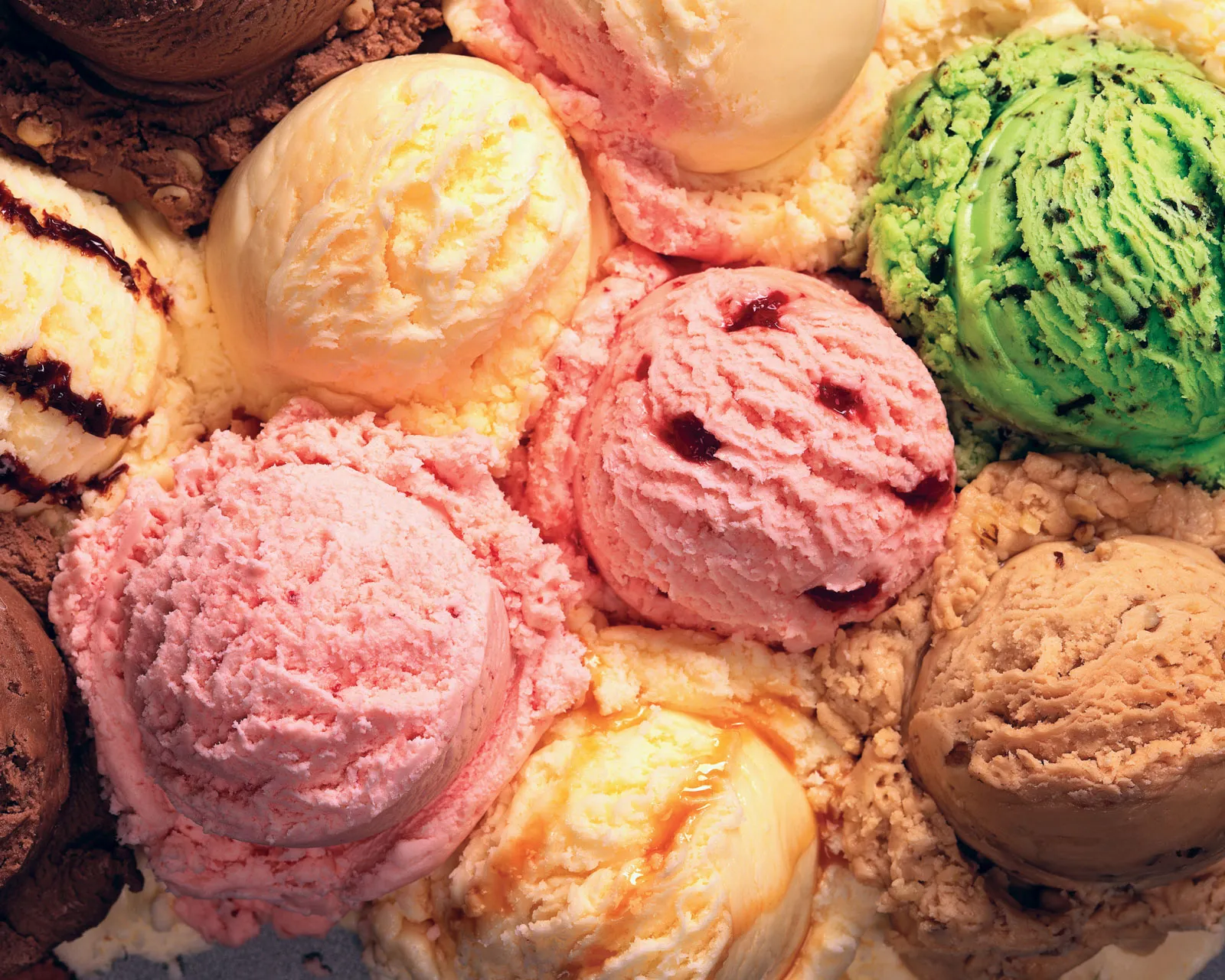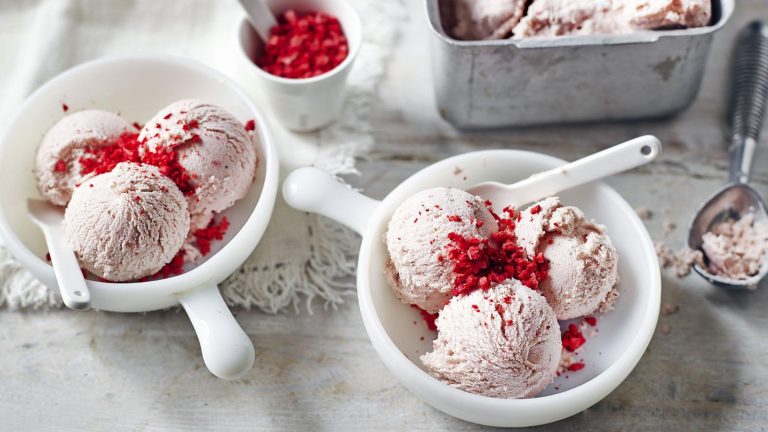The Simple Pleasure and Sweet Science of Ice Cream
ice cream. The word itself arouses a universal feeling of joy, bringing to mind sunny days, joyous occasions, and reassuring decadence. Beyond its obvious allure, though, what is this well-liked frozen treat? At its heart, ice cream is a deceptively simple yet ingeniously crafted dessert, a marvel of culinary science that transforms a few basic ingredients into a creamy, dreamy, and utterly satisfying experience.
The Fundamental Components
While the variations are endless, most traditional ice creams share a core set of ingredients:
- Dairy: This is the backbone of ice cream, typically comprising milk, cream, or a combination of both. The fat content in the cream is crucial for achieving that characteristic richness and smooth texture. Higher fat content generally leads to a creamier mouthfeel and less icy product.
- Sweetener: Sugar is the most common sweetener, not just for taste but also for its role in lowering the freezing point of the mixture, which helps prevent it from freezing into a solid block of ice. Other sweeteners like honey, maple syrup, or corn syrup can also be used, often adding their own distinct flavor notes.
- Flavorings: This is where the magic truly unfolds. From classic vanilla bean and rich chocolate to fresh fruits, nuts, candies, and exotic spices, flavorings are what differentiate one ice cream from another. These can be infused into the dairy base, mixed in as chunks, or swirled as sauces.
- Stabilizers and Emulsifiers (Optional but Common): In commercial ice creams, and sometimes in homemade recipes, ingredients like egg yolks (which create a custard base, known as French-style ice cream), gums (like guar gum or carrageenan), or lecithin are added. Stabilizers help prevent the formation of large ice crystals and improve the texture, while emulsifiers help create a smooth, consistent mixture by preventing fat and water from separating.
The Transformative Process: Churning and Freezing
The true alchemy of ice cream lies in its preparation, specifically the churning and freezing process.
- The Mix (Base): First, the dairy, sweeteners, and flavorings are combined and often heated to dissolve the sugar and pasteurize the mixture (especially if eggs are involved). This liquid concoction is known as the “ice cream base” or “mix.”
- Chilling: The base is then thoroughly chilled. This step is critical because a cold base churns more efficiently and results in a smoother final product.
- Churning: This is the defining step. The chilled base is poured into an ice cream maker, which simultaneously freezes and churns the mixture. As the mixture cools, tiny ice crystals begin to form. The continuous churning motion does two vital things:
- Breaks Down Ice Crystals: It prevents the ice crystals from growing large, which would result in a gritty or icy texture. Instead, it keeps them small and uniformly distributed.
- Incorporates Air (Overrun): The churning vigorously whips air into the mixture. This incorporated air is essential for the light, creamy texture of ice cream. Without it, you’d end up with a solid, dense block of flavored ice. The amount of air incorporated is known as “overrun”; too much, and the ice cream can taste airy and insubstantial; too little, and it’s too dense.
- Hardening (Curing): After churning, the ice cream is typically at a soft-serve consistency. It’s then transferred to a freezer for several hours (or overnight) to “harden” or “cure.” During this time, the remaining water freezes, and the texture sets, allowing the flavors to fully develop and the ice cream to reach its optimal scoopable consistency.
Key Characteristics of Delicious Ice Cream
What makes a truly outstanding ice cream? Several factors contribute:
- Creaminess: The hallmark of good ice cream. This comes from small, uniformly distributed ice crystals, a good fat content, and adequate air incorporation.
- Smoothness: No grittiness or iciness.
- Flavor: Intense, clean, and balanced. The flavors should be distinguishable and pleasant.
- Mouthfeel: It should melt pleasantly on the tongue without leaving a greasy residue.
- Body/Texture: It should have enough substance to feel satisfying but not be overly dense or gummy.
Beyond Traditional Ice Cream
While “ice cream” generally refers to the churned dairy-based dessert, the category of frozen treats is vast:
- Gelato: An Italian cousin to ice cream, typically made with more milk than cream and less air churned in, resulting in a denser, often more intensely flavored product.
- Sorbet: A dairy-free frozen dessert made from fruit puree, sugar, and water. It contains no fat and relies on very small ice crystals for its smooth texture.
- Sherbet: Similar to sorbet but with a small amount of dairy (milk or buttermilk) added, giving it a slightly creamier texture than sorbet but less rich than ice cream.
- Frozen Yogurt: Made with yogurt, giving it a tangier flavor profile and generally lower fat content than traditional ice cream.
In essence, ice cream is a captivating blend of culinary art and precise science. It’s a testament to how simple ingredients, when properly processed, can yield a product that brings joy and satisfaction across generations and cultures. The next time you enjoy a scoop, take a moment to appreciate the delightful transformation that brought that creamy, flavorful treat to your cone or bowl.



